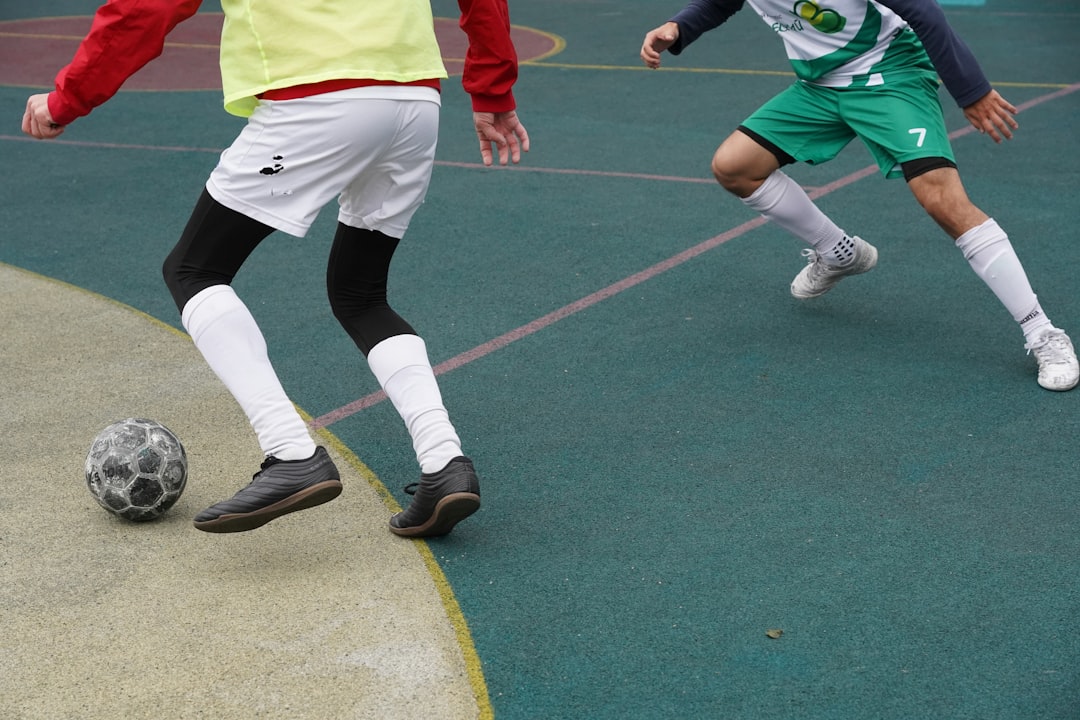Across the United Kingdom, County Sports Partnerships (CSPs) play a crucial role in encouraging participation in local sporting activities, working with schools, clubs, local authorities, health organisations, and community groups. While their contribution to public health, social development, and community engagement is invaluable, their success relies heavily on a combination of strategic funding sources and solid performance metrics. For most CSPs, grants, support from local authorities, and adherence to specific Key Performance Indicators (KPIs) make up the triad of sustainability.
What Are County Sports Partnerships?
County Sports Partnerships, now widely known as Active Partnerships, are locally-based organisations set up to coordinate sport and physical activity in regions across England. There are currently 43 such partnerships in place. Their broad aim is to increase levels of participation in physical activity and sport, contributing to national agendas such as improving public health, reducing crime through youth engagement, and promoting social inclusion.
Why Funding Matters
CSPs operate in a highly strategic environment where resources must be used effectively to achieve measurable outcomes. Sustainable funding is vital to support:
- Talent development programmes
- Community outreach initiatives
- Training and workshops for coaches and volunteers
- Facilities upgrades and equipment
- Marketing and engagement campaigns
Without reliable financial support, these essential services risk being reduced or eliminated. Let’s explore how CSPs get the funding they need and ensure it’s used effectively.
1. Government and National-Level Grants
The majority of CSPs receive core and project-based funding from national sporting bodies, with Sport England serving as the principal conduit. The organisation allocates grants to CSPs based on strategic alignment with its ‘Uniting the Movement’ strategy.
Grants are often distributed as:
- Core funding – to support the partnership’s essential operations.
- Themed project funding – for tackling specific challenges such as inactivity in underrepresented groups or encouraging participation among children and young people.
Application for such grants often requires CSPs to demonstrate the outcomes of previous initiatives and detailed plans for future delivery. Moreover, CSPs must show how their strategic goals align with broader health and inequality reduction priorities.

2. Local Authority Support
Local authorities represent another significant avenue of financial and logistical support for CSPs. While governmental support may be contingent on specific policies and administration changes, local authorities usually provide:
- Match funding (to supplement national grants)
- Access to public facilities and school spaces
- Help with local event organisation and community outreach
The relationship between CSPs and local councils is mutually beneficial. For local governments, CSPs contribute toward public health objectives, especially in regards to reducing long-term health costs by narrowing the gap in physical inactivity levels across communities.
To maintain this relationship, CSPs must remain politically agile and aware of shifting council priorities, adjusting their program targeting, demographics, and delivery methods accordingly.
3. Corporate and Philanthropic Funding
Outside governmental and public-sector sources, many CSPs pursue funding from private institutions or charitable trust funds. Examples include:
- Sponsorship from regional businesses
- Charity grants focused on youth development or community engagement
- Corporate social responsibility (CSR) partnerships
These partnerships often offer CSPs more flexibility than public grants. However, they also require a strong brand presence and clear communication about the partnership’s societal impact. Thus, marketing and visibility become essential secondary goals for CSPs seeking diverse income streams.
4. The Importance of KPIs
Funding alone does not ensure success. CSPs must not only deliver high-quality programmes but also measure and report their effectiveness. Here’s where Key Performance Indicators (KPIs) come into play.
KPIs vary by region and project type but typically include:
- Increase in overall physical activity levels
- Engagement rates among specific populations (e.g. disabled individuals, ethnic minorities)
- Participant retention rates
- Volunteer and workforce development statistics
- User satisfaction and community feedback
Without evidence of progress, funders—whether they are national agencies or local councils—are unlikely to renew support. It is therefore critical that CSPs invest in data collection, monitoring systems, and staff who understand quantitative impact analysis.
Some CSPs leverage technology such as mobile apps or wearable trackers to monitor engagement. Others use regular surveys, community feedback forums, and school partnerships to ensure they’re meeting their markers.
5. Challenges Facing Funding and KPI Implementation
Although CSPs benefit from a relatively diverse funding landscape, they also face ongoing challenges:
- Funding uncertainties – Fiscal year-to-year fluctuations lead to short-term planning and temporary staffing.
- Data collection difficulties – Accurately capturing performance data, especially in underserved or transient populations, can be difficult.
- Administrative burdens – Meeting the reporting requirements of multiple funders can be resource-intensive.
CSPs must carefully navigate these challenges by adopting smarter administration tools, establishing multi-year funding relationships, and sharing success stories widely to prove their effectiveness and attract future support.
6. Success Stories and Innovations
Despite obstacles, several CSPs have stood out for their innovative approaches to funding and accountability. For example:
- Energise Me (Hampshire & Isle of Wight) created a partnership model with local NHS trusts to jointly fund and deliver health-based activity interventions.
- GreaterSport (Greater Manchester) piloted a ‘physical activity prescription’ programme in collaboration with GPs, funded through a mix of local authority and health grants.
- Active Black Country developed a bespoke KPI dashboard to capture insights about youth participation, community demographics, and long-term behaviour change.
These case studies show that with adaptive leadership and creative collaboration, CSPs can pioneer new models for impactful community engagement.
Looking Ahead: Integrating Technology and Policy
The next step in evolving CSP funding and accountability lies in technological integration and closer policy alignment. Many CSPs are beginning to utilise:
- GIS mapping tools to identify geographic sport/physical activity gaps
- Data analytics platforms to track programme success and ROI
- Policy influence efforts to embed physical activity into education, transportation, and urban planning
The goal is a more holistic approach in which CSPs become not just activity providers but essential players in creating active, healthy communities.
Conclusion
County Sports Partnerships are far more than administrative entities. They are dynamic hubs of health improvement, community connection, and youth development. However, sustaining their impact requires thoughtful investment, strategic partnerships, and robust performance tracking. As national focus on wellbeing grows, CSPs that embrace innovation and demonstrate tangible results will be best placed to thrive—continuing to energise communities across the UK for years to come.
